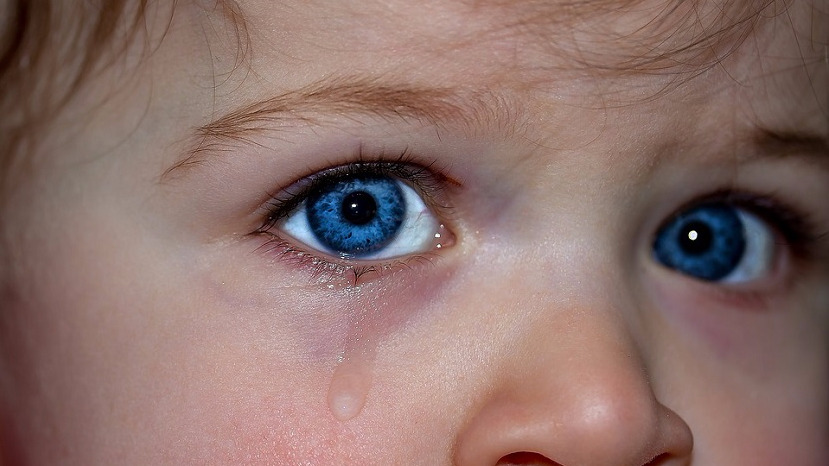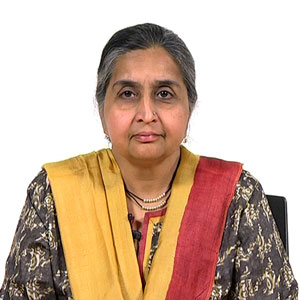
Image for representation purpose only
Clad in a sari, Meena wore a thick layer of vermillion in the parting of her hair and over a dozen glass bangles around her wrist. Her eyes were beautiful, but sad. She was accompanied to Kamineni Hospitals in Hyderabad by her husband, her two daughters, four-year-old, Isha, and one-year-old, Lata, who she held in her arms.
Both the daughters were diagnosed with retinoblastoma, the cancer of eye. The elder daughter had already lost one eye to the cancer. They had come for the treatment of their daughters from Rajasthan to Hyderabad and were referred to Kamineni Hospitals for genetic counseling by another parent with a child with retinoblastoma.
Retinoblastoma is a frequently occurring cancer in children below five years of age. In fact, it constitutes 3 per cent of all the pediatric cancers, globally.
It occurs because of mutation in genes--the hereditary material which comes from the parents. “RB1 is a gene that prevents tumor formation and progression. In individuals with RB1 gene mutation, the retinal cells multiply uncontrollably to form a tumour,” says Dr Annie Hasan, a noted genetic counselor at Kamineni Hospital, Hyderabad.
 Dr Q Annie Hasan
Dr Q Annie Hasan
Meena’s both children had the RB1 gene mutation. Further tests revealed that it was Meena who was carrying the mutation and thus there was a 50 per cent chance that her third child will also have the disease.
Hereditary retinoblastoma, says Dr Vijay Chandru, managing director of Strand Life Sciences, a company that conducts genetic tests, can be detected in a foetus through a process called as prenatal genetic testing. For the test, he explains, doctors either take a small amount of tissue from the mother’s placenta through a method called as Chorionic Villus Sampling (CVS) or take amniotic fluid that surrounds the foetus. Then they extract foetal DNA from the maternal sample and do a Next-Generation Sequencing (NGS) test and bioinformatics analysis. “This combined with a clinical interpretation can help doctors identify the mutation causing retinoblastoma in the foetus,” Dr Chandru
Doctors feel that diagnosis of retinoblastoma is often delayed in India. Most patients come when the tumour has already spread deep into the eye. In that case, it is difficult to protect the vision.
In most cases, parents are the first to notice that there is something abnormal with the child’s eye. Take for example, Sujoy, who was an active, cheerful child. His parents ran a local chain of coaching classes in Chennai. As they were following their child’s progress keenly, photographing each stage of his development, one day his mother noticed that some of Sujoy’s photos showed a white spot on the right eye. For some time, she ignored it thinking it was the reflection of the flash of the camera. But then she realised that the white spot in his pupil was becoming more and more prominent.
Doctors diagnosed Sujay with retinoblastoma—which if diagnosed early can be treated and save one’s eye. While the success rate in treating retinoblastoma cases is 93 per cent in European countries and 96.5 per cent in the US, the mean survival rate for retinoblastoma is 40-79 per cent in the developing world, including India. “Confirmed diagnoses of retinoblastoma, aided by genetic analyses, can go a long way in increasing the survival rate of retinoblastoma patients,” says Dr Chandru.
The cancer of the eye can be treated with a combination of enucleation, (removal of the affected eye) radiation and chemotherapy. “By identifying the mutation, doctors can test the possibility of occurrence of cancer during pregnancy itself, empowering a couple to take an informed decision,” says Dr Hasan. “What made me sad is the fact that even in 2017, people have to travel such long distances in search of treatment that should ideally be available in their own town.”
(Names of some people have been changed to protect their identity)